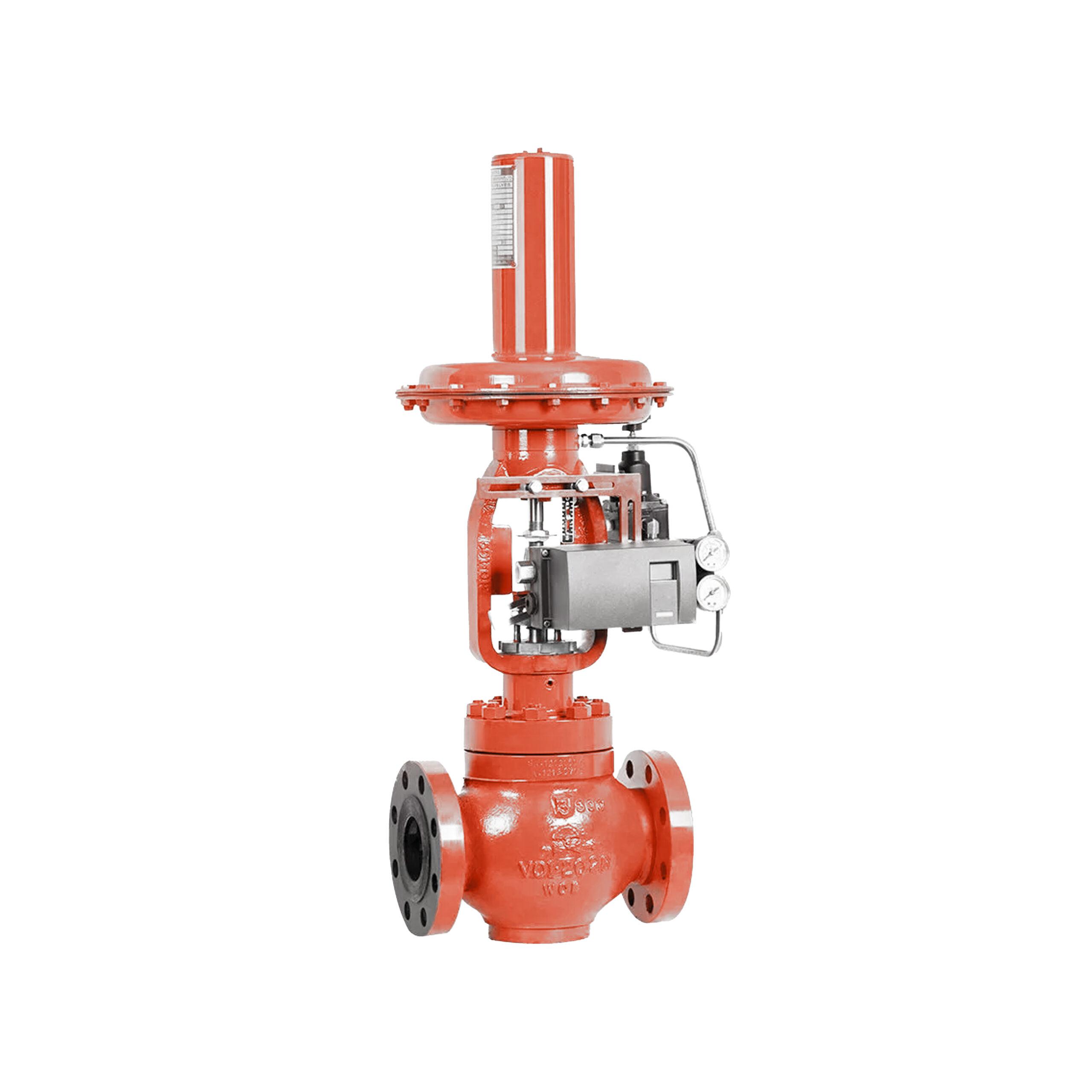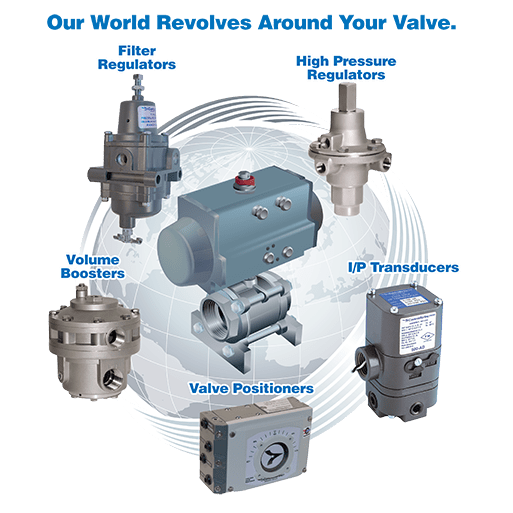Discovering the Functionality of Modern Control Valves in Industrial Applications
Discovering the Functionality of Modern Control Valves in Industrial Applications
Blog Article
Achieve Seamless Integration and Control With Quality Structure Automation Controls
In the world of modern structure administration, the significance of quality building automation controls can not be overstated. Embracing high quality building automation controls is not just a matter of ease yet a critical necessary for companies aiming to maximize their facilities' performance and sustainability.

Advancement of Structure Automation Controls
Throughout the past few decades, the development of developing automation controls has actually dramatically changed the means structures are taken care of and operated. At first, developing automation systems mainly concentrated on fundamental functions such as controlling home heating, air flow, and air conditioning (A/C) systems. Nonetheless, as modern technology advanced, these controls have actually become more innovative, permitting a broader variety of structure systems to be integrated and managed centrally.
The evolution of developing automation controls has actually seen a shift in the direction of even more intelligent systems that can adjust to altering conditions in real-time. This versatility is important for enhancing power effectiveness and making certain resident convenience. In addition, contemporary structure automation controls currently provide attributes such as anticipating maintenance, remote monitoring, and data analytics, enabling center supervisors to make data-driven choices to improve structure efficiency.

Advantages of High Quality Integration
The improvement in building automation controls towards more intelligent systems has actually emphasized the significant advantages of top quality integration in enhancing building procedures and improving general effectiveness. This centralized control additionally gives far better exposure and insights right into structure efficiency, allowing proactive upkeep and optimization approaches. Generally, the benefits of high quality combination in building automation controls are indisputable, using boosted effectiveness, convenience, and operational efficiency.
Boosted User Experience and Availability
Enhancing user communication with structure automation controls via instinctive design and enhanced access elevates the overall experience for passengers and facility managers alike. By focusing on individual experience, constructing automation systems can become much more effective and user-friendly. Instinctive user interfaces, clear navigation, and personalized settings equip users to interact with the controls conveniently and effectively.
Availability attributes play a critical function in making sure that all individuals, including those with specials needs, can utilize the building automation manages with ease. Integrating features such as voice commands, tactile switches, and color-contrasted screens can improve access and make the controls extra comprehensive.
Additionally, boosted user experience brings about higher user fulfillment, increased productivity, and much better decision-making. Residents can adjust ecological settings according to their choices, while facility managers can effectively monitor and take care of structure systems - control valves. On the whole, prioritizing individual experience and access in structure automation regulates contributes to a much more effective and smooth structure atmosphere for all stakeholders involved
Sustainable Practices With Automation

In addition, automation can help with the combination of sustainable power resources such as solar panels or wind Get the facts generators into structure procedures. Via automation, structures can straighten with contemporary sustainability goals and contribute to a greener future.
Future Trends in Building Control Systems
In anticipation of advancing and progressing modern technologies sustainability practices, the trajectory of building control systems is positioned to embrace transformative strategies and ingenious remedies. One noticeable pattern shaping the future of structure control systems is the increased integration of Expert system (AI) and artificial intelligence. These technologies enable structures to adapt in real-time to altering conditions, maximizing power consumption and enhancing convenience for occupants. In addition, the Net of Points (IoT) is transforming building control systems by connecting devices and sensing his response units to simplify operations and enhance effectiveness.
One more crucial trend is the emphasis on cybersecurity steps to secure versus potential dangers to constructing automation systems. As structures become extra interconnected, ensuring durable cybersecurity methods will certainly be vital to protect sensitive data and avoid unapproved accessibility.
In addition, the change in the direction of cloud-based systems is obtaining momentum, enabling centralized control and remote access to building systems. This facilitates much easier surveillance, upkeep, and updates, improving the general efficiency and adaptability of structure control systems. As innovation proceeds to advance, these trends are expected to shape the future landscape of building automation controls, driving advancement and sustainability in the developed environment.
Conclusion
Future patterns in structure control systems are most likely to focus on more improving automation capacities for improved energy performance and general efficiency. It is necessary for structure owners and drivers to focus on the fostering of quality building automation controls to optimize building procedures and accomplish long-lasting sustainability goals.
In the realm of modern structure management, the relevance of high quality structure automation controls can not be overstated. In general, the development of building automation regulates proceeds to drive development in the building administration sector, providing brand-new opportunities for creating smarter and a lot more lasting structures.
The innovation in building automation regulates towards even more smart systems has actually emphasized the considerable benefits of high quality integration in enhancing building operations and boosting total efficiency. Overall, prioritizing user experience and ease of access in building automation regulates look at this site contributes to an extra smooth and efficient structure setting for all stakeholders included.
It is necessary for building owners and operators to focus on the adoption of quality structure automation regulates to optimize structure procedures and accomplish lasting sustainability goals. - control valves
Report this page